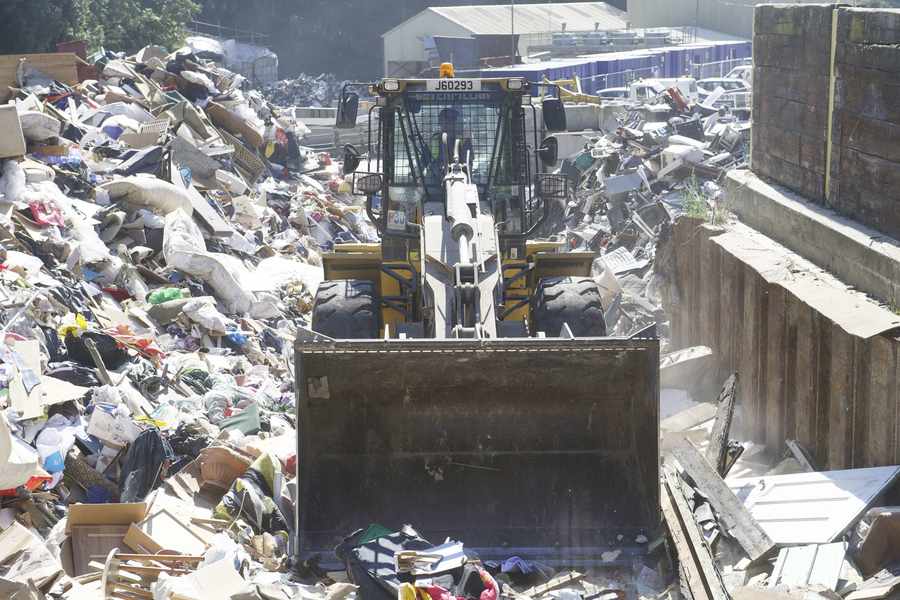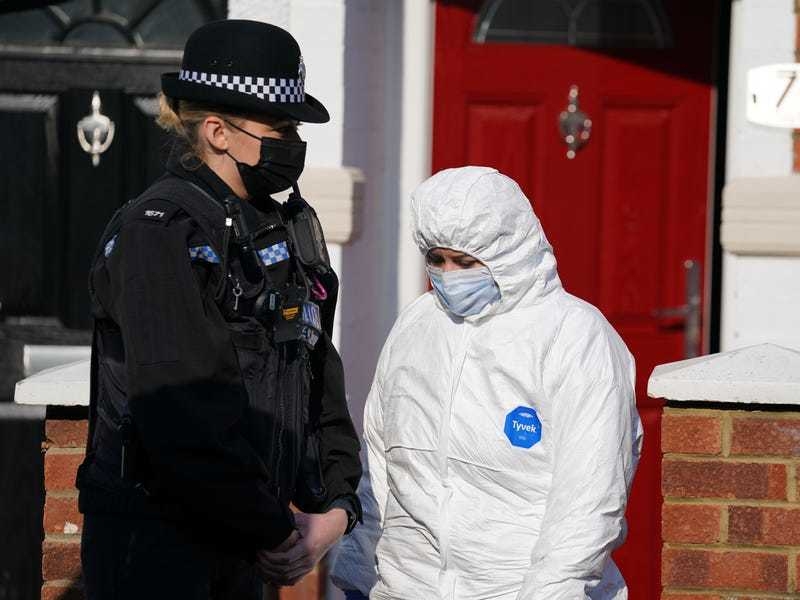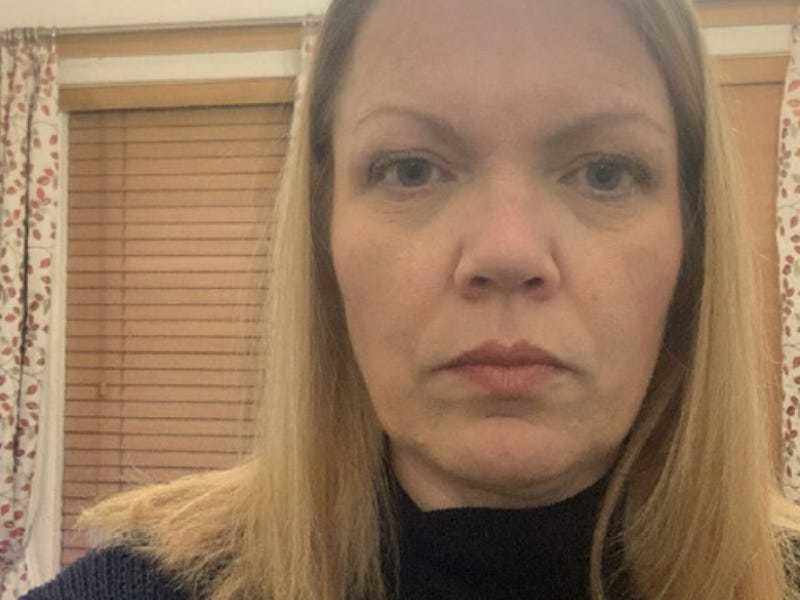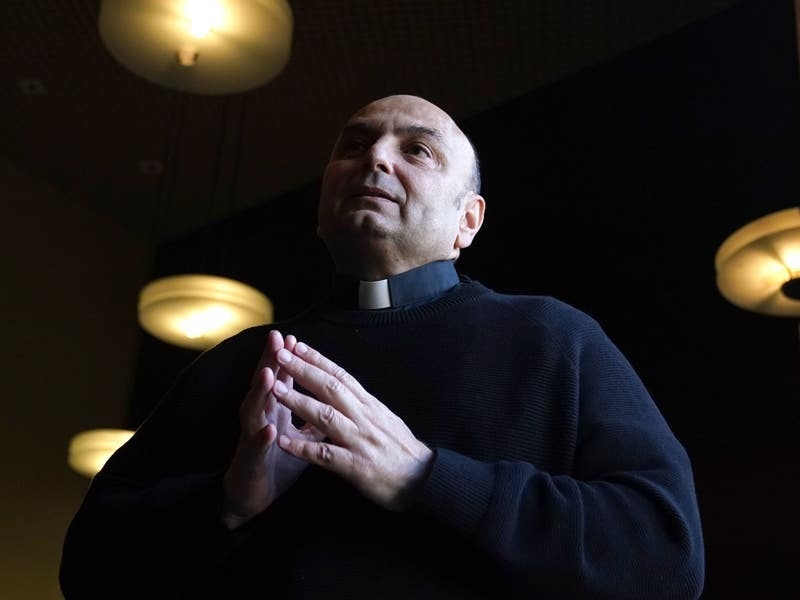Treasury Minister Alan Maclean has agreed to transfer over £4.5m from other Transport and Technical Services budgets towards the new public recycling ‘park’, with work to start from next year. The remaining £2m has previously been set aside for the project.
The space freed up at Bellozanne will then be used for the Island’s new multi-million-pound sewage facility which is needed to serve a growing population and to replace ageing infrastructure.


Transport Minister Eddie Noel said the plans had been ‘on the cards’ for some time. ‘From 2016 we will be building a new facility at La Collette and transferring household recycling from Bellozanne,’ he said. ‘The green waste will be moved eventually, and the scrapyard as well, but not for a few years.’
The minister said that the first step was to create the roads and infrastructure. He said he envisaged that the new household recycling facility would be similar to drive-in disposal facilities in France. ‘We need to make it easy for people to recycle,’ said the Deputy.
According to the ministerial decision published this week, £1.5m of the funding will come from the bottom-ash recycling budget and £3m from the infrastructure budget.
The document says that originally TTS had planned two separate recycling centres, at La Collette and Warwick Farm, off Queen’s Road. However, feasibility studies concluded that ‘a large amount of construction and operating efficiencies could be gained’ from creating one public facility at La Collette.

Deputy Noel said that the need for additional funding was partly because of the roads and services required for public, and not just commercial, access.
Richard Fauvel, TTS assistant director for solid waste, said the Bellozanne land was now essential for the new liquid waste plant and that the current public recycling facility had been ‘shoehorned’ into the Bellozanne site in any case.
‘You can’t build a new sewage plant on top of one that is still in operation, so we have to free up more land,’ he said.
‘We want to offer the public better facilities, because we want people to recycle,’ he said, adding that La Collette would be modelled on UK and European principles and practice.

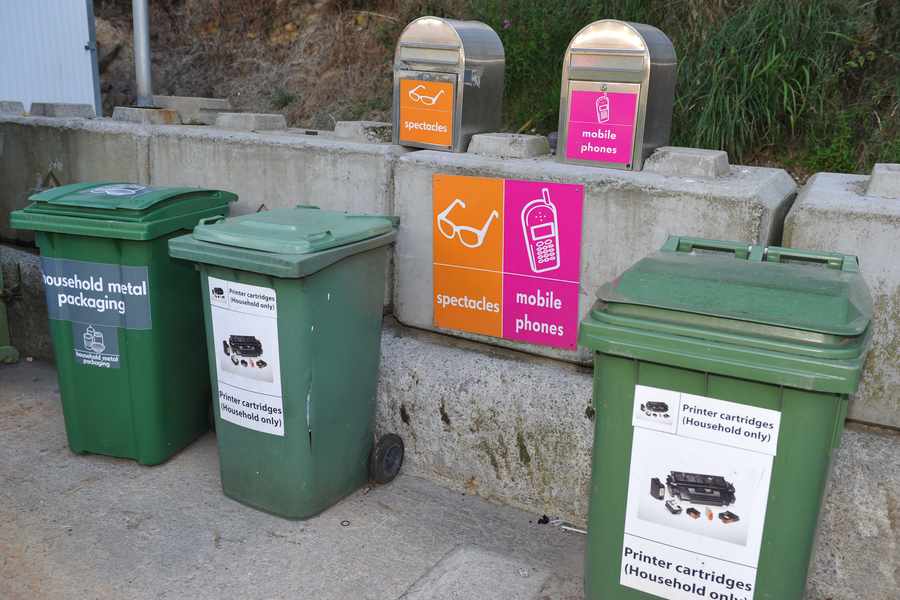
- ?Bulky waste (not really a bin more a landfill site for everything else. This gets sent to the incinerator)
- ?Newspaper (including thousands of copies of this publication)
- ?Small electrical items (irons, toasters etc)
- ?Cardboard
- ?Phone directories/ catalogues[figure title=”DSC_9334″ align=”right” url=”/wpmvc/wp/wp-content/uploads/2015/04/253111.jpg” id=”1248987″]
- ?Household batteries
- ?Trade batteries (often from drills or other tools)
- ?Car batteries
- ?Glass bottles and jars
- ?Plastic bottles (not to be mixed with milk cartons or juice boxes)
- ?Kitchen waste (helpful if someone misses their regular pickup)
- ?Non-recyclable items
- ?Stone and rubble (this gets recycled locally into several products, including a filler for road foundations)[figure title=”DSC_9332″ align=”right” url=”/wpmvc/wp/wp-content/uploads/2015/04/253110.jpg” id=”1248985″]
- ?Plasterboard (a new addition to the site; all contents are exported for recycling)
- ?Ferrous metals (magnetic)
- ?Non-ferrous metals
- ?Engine oil
- ?Cooking oil
- ?Printer cartridges
- ?Spectacles (which are collected by opticians for charity purposes)
- ?Mobile phones
- ?Bicycles (these are collected by charities and restored for sale)

